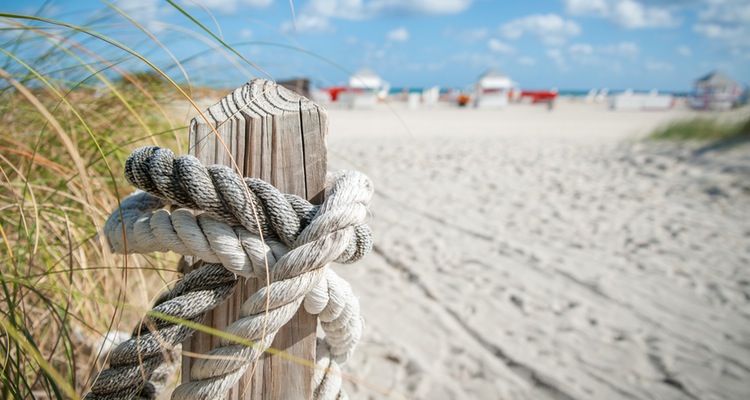
Photo Credit: pexels
For many Florida destination marketing organizations, social media has exploded in popularity as a way of reaching people thinking of where they might spend their winter vacation. These organizations are exploiting the full potential of social media platforms like Facebook, Instagram and Twitter, while coming up with innovative twists to keep things fresh.
Leverage the full video potential of social media platforms
Far and away, video has emerged as the most effective way to attract potential visitors. As a result, Visit Florida, the leading destination marketing organization in the state, has been experimenting with a number of different video formats on Facebook. In fact, the whole Facebook feed is essentially a compilation of different video formats showing Florida in its full splendor and from a variety of different perspectives.
There are several types of videos here, including 60-second YouTube clips, 30-second videos that look like they’ve been shot with drones (“Take a 30-second flight over Ft. Lauderdale Beach”), and several 360-degree videos that enable visitors to experience destinations in an entirely new way.
For example, a recent 360-degree video inviting fans to take a journey around the Florida Keys resulted in 74,000 views. Visit Florida has also partnered with IZEA for a series of virtual reality (VR) videos, including some showing visitors what it would be like to scuba dive off the Florida coast.
Use Twitter as a real-time concierge
You can think of Twitter in one of two ways – as a way to pump out announcements, offers and deals or as a way to interact one-on-one with potential visitors. Here, Visit Florida has really excelled. In a 2014 study, the popular travel site Skift named @VisitFlorida as one of the top travel handles on Twitter. The account has a 110-minute response time (anything under 2 hours is considered very good), and it maintains a ratio of 80:20 when it comes to tweets and replies. In other words, for every 80 promotional tweets it sends out, it also responds to 20 user questions or inquiries.
In addition, @VisitFlorida has really leveraged the capabilities of Twitter as an interactive medium. On January 17, for example, the account hosted a #FLTravelChat, in which followers were encouraged to send in questions about planning a vacation to Florida. This is a very effective way of highlighting locales, destinations or places that might not show up on traditional Top 10 lists. Everyone likes to brag to their friends about “hidden finds” that only the locals know about.
Partner with celebrities for added synergies
There’s one advantage that Florida has in attracting visitors that other states don’t – and that’s a reserve of celebrities who are associated with the state – such as athletes, entertainers as chefs. Daytona Beach (@DaytonaBeachFun), for example, partnered with the very lovely auto racing celebrity @DanicaPatrick to promote the idea of a winter vacation in Florida. In a brief video clip shared on Twitter, a swimsuit-clad Danica Patrick tells people that, no matter what you want to do, “Daytona Beach is totally your speed.”
And that’s the same approach taken by some Florida cities that will soon be hosting Major League Baseball training camps. They are using the hashtag #SpringTraining and mentioning the names of baseball teams and @MLB in their tweets. The idea, of course, is that these famous teams will re-tweet or share, bringing more recognition to places like Lakeland (home of the Detroit Tigers), Clearwater (home of the Philadelphia Phillies) and Tampa (home of the New York Yankees).
There are a few obvious takeaways here for brands — consistently look for ways to innovate (not just videos, but 360-degree videos!), find new ways to connect one-on-one with followers and fans, and explore ways to leverage possible synergies with well-known celebrities (each of whom has their own loyal fan base on social media).